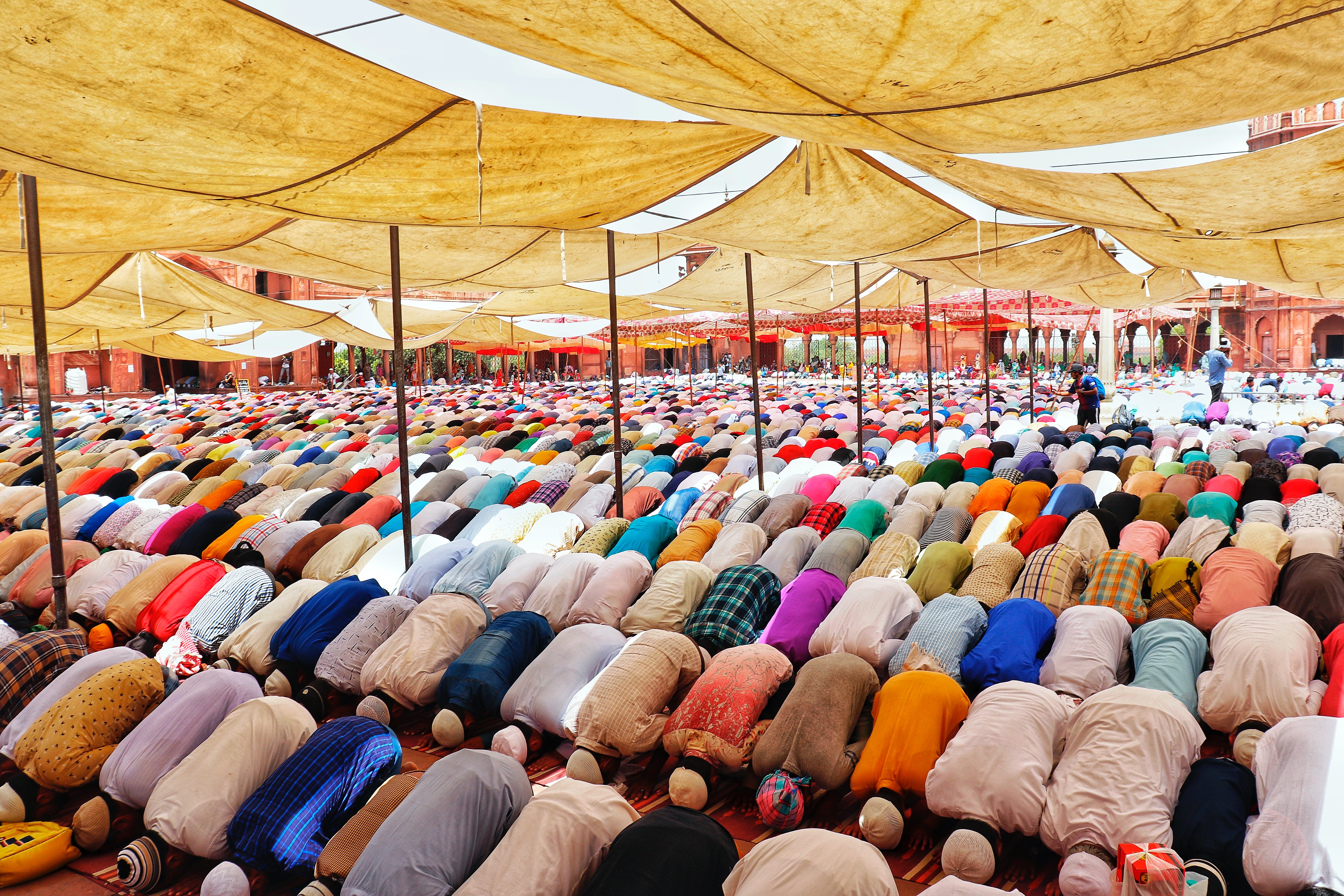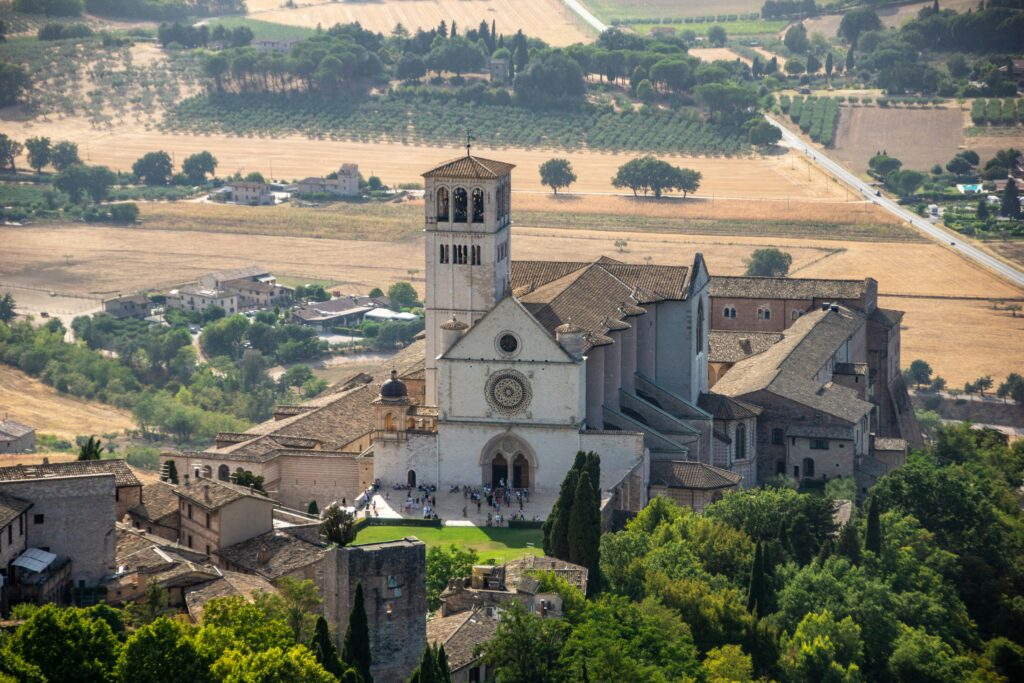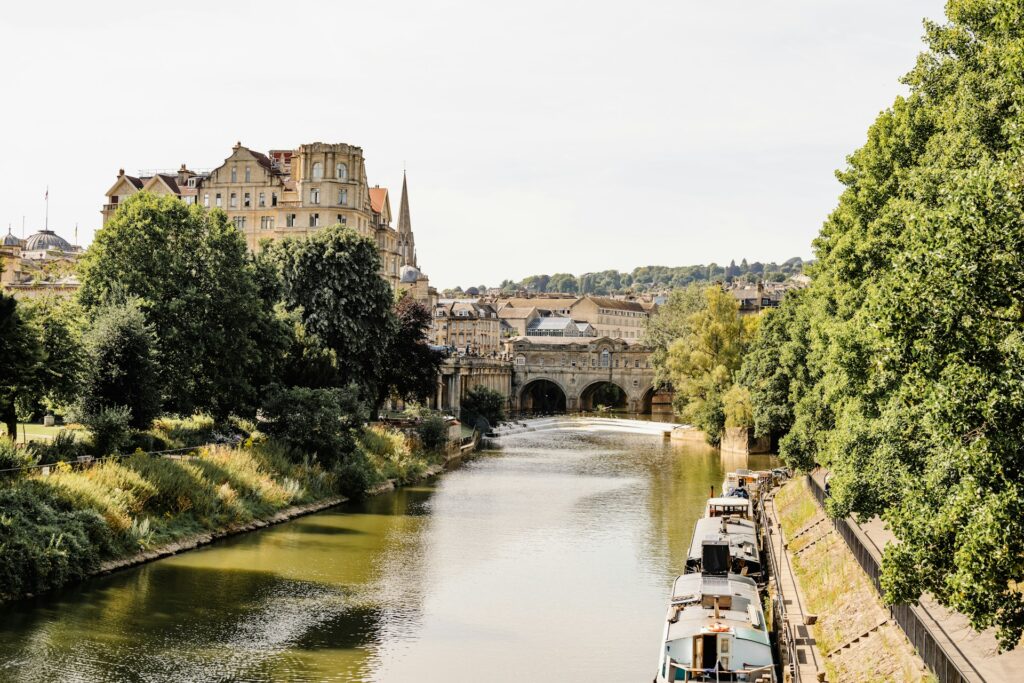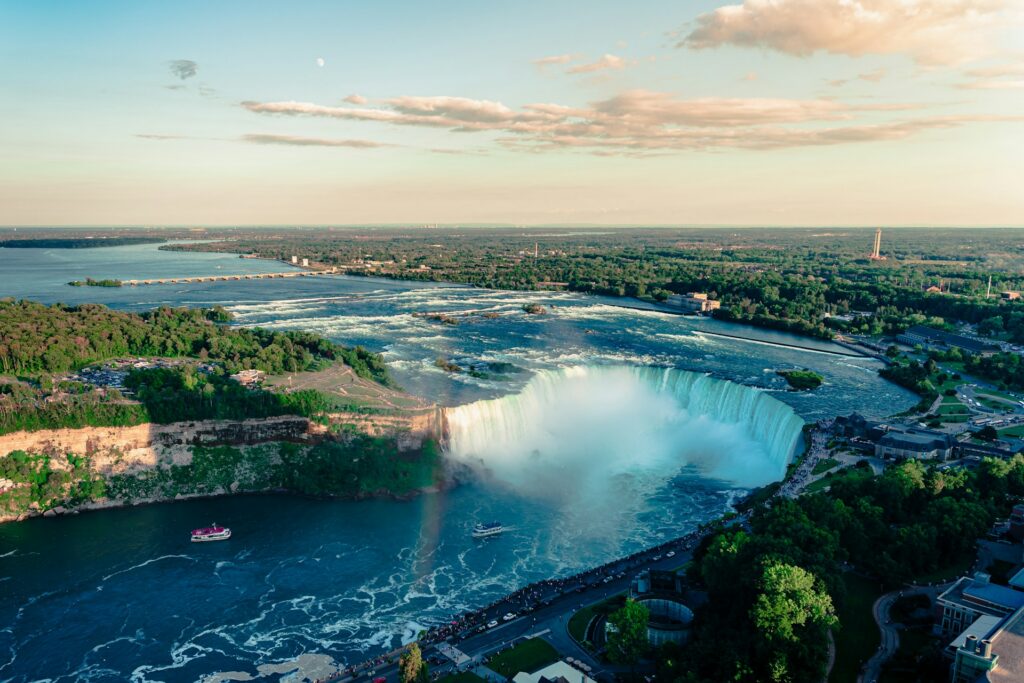Eid-ul-Adha is a public holiday celebrated in Muslim countries. This 2022, it will start on the evening of Saturday 9 July, and end on the evening of Wednesday 13 July. Named the ‘Feast of the Sacrifice’, it typically centers around prayer and ritualistic animal sacrifice. It’s known as ‘Greater Eid’ and is one of two Eids – one of two days of celebration for Muslims worldwide.
ORIGINS OF EID-UL-ADHA
Eid-ul-Adha focuses around the story of Ibrahim, also known as Abraham in other faiths, who was commanded by Allah to sacrifice his son Ismail, as a test of his faith. Abraham accepted his duty willingly and started to make preparations. Just before the fatal act, Allah intervened, offering Ibrahim mercy by commanding him to sacrifice a lamb instead.
Eid-ul-Adha celebrates and venerates Ibrahim’s loyalty and faith in Allah. Greater Eid may not always fall on the same day each year, but is always celebrated on the last day of the Hajj – a pilgrimage made to Makkah in Saudi Arabia.
HOW IS IT CELEBRATED?

Aptly, families celebrate by sacrificing an animal and with a subsequent feast. A third of the meat is eaten by the family, another third is gifted to friends, relatives, and neighbors, with the final third given away to the poor and needy. Affluent Muslims will sacrifice their best domestic animals, if owned, to represent Ibrahim’s readiness to sacrifice his only son. The sacrificed animals, often high-class stock such as camels or goats depending on region, must meet strict age and quality criteria, and if not up to standard it’ll be classed as an unacceptable sacrifice.
As well as the feast, Muslims congregate for Eid-ul-Adha prayers at their mosque with customary takbir chanting, whereupon gifts and greetings are exchanged. All attendees are expected to impress at the Eid prayer, wearing their finest clothing.
Followers often take this as an opportunity to introduce friends and acquaintances to Muslim culture by inviting them to their feasts and festivities. Through breaking bread and sharing food, it is often a great day for cultural exchange and greater education.
During Greater Eid, pilgrims to the hajj throw stones at symbolic stone walls for the ‘Stoning of the Devil’, to signify Ibrahim’s resistance to the devil Shaytaan, who tried to tempt him not to carry out Allah’s command.
To all of our Muslim friends across the world, we wish you a very joyous and safe Eid-ul-Adha.
How are you celebrating Eid-ul-Adha? Tell us in the comments below…



